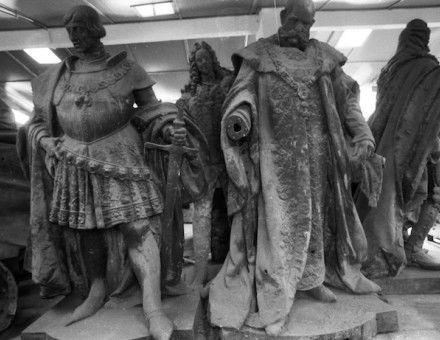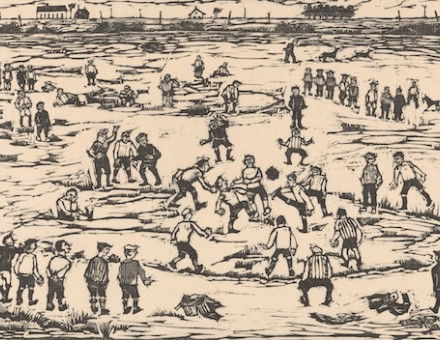New Horizons for the American West
Wild Bill Hicock and wagon trains - familiar images of pioneer spirit, but a more complex and less triumphalist view of how the American frontier moved West is explained by Margaret Walsh.
For many years and for millions of people on both sides of the Atlantic the American West was and still is the excitement, action and scenery of a John Ford-John Wayne Movie or of a Zane Grey dime novel. For others who have a different cultural approach to the West it is the magnificent landscape paintings of Albert Bierstadt or Thomas Moran or the backdrop to the classic literary works of James Fenimore Cooper or Mark Twain. For historians who studied North America the West was that part of the continent, usually the United States, which was unsettled at the time of the Revolution, or the area beginning at the Appalachian Mountains and stretching to the Pacific Coast. The process of settling this vast territory became the story of the West, often a saga of epic proportions filled with heroes who not only had major adventures but who brought civilisation in the shape of democracy and capitalism.





